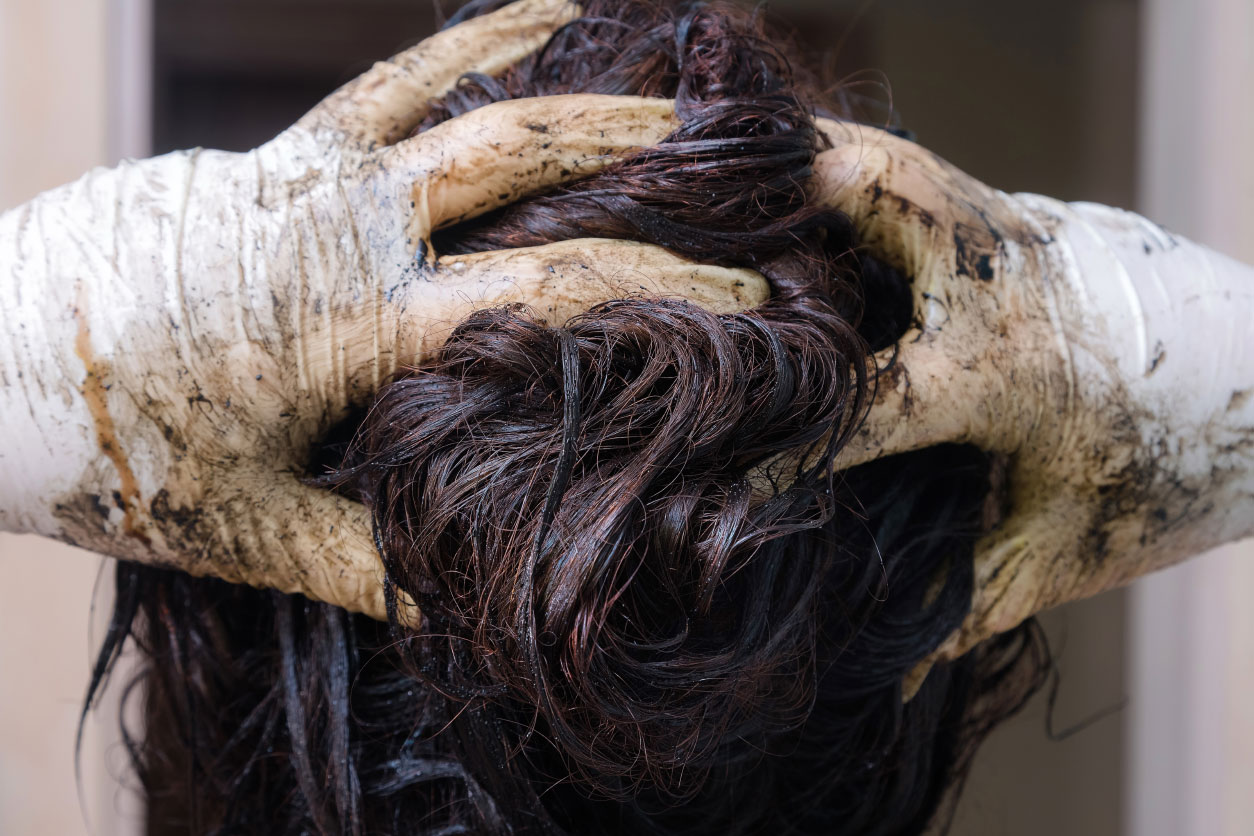Women who use permanent hair dye and chemical hair straighteners have a higher risk of developing breast cancer than women who do not use these products, according to a team led by NIEHS scientists. The study, published online Dec. 4 in the International Journal of Cancer, suggested that breast cancer risk increased with more frequent use of these chemical hair products.
 The study found that women who use permanent hair dye and chemical hair straighteners have a higher risk of developing breast cancer than women who do not use these products.
The study found that women who use permanent hair dye and chemical hair straighteners have a higher risk of developing breast cancer than women who do not use these products.Using data from nearly 47,000 women in the Sister Study, researchers found that women who regularly used permanent hair dye in the year before enrolling in the study were 9% more likely to develop breast cancer than women who did not use the products.
 After completing a postdoctoral fellowship in the NIEHS Epidemiology Branch, White rejoined the institute in 2019 as an Earl Stadtman Tenure-Track Investigator. (Photo courtesy of Steve McCaw)
After completing a postdoctoral fellowship in the NIEHS Epidemiology Branch, White rejoined the institute in 2019 as an Earl Stadtman Tenure-Track Investigator. (Photo courtesy of Steve McCaw)Among African American women, using permanent dyes every five to eight weeks or more was associated with a 60% increased risk of breast cancer compared with an 8% increased risk for white women. The research team found little to no increase in breast cancer risk for semi-permanent or temporary dye use.
'Researchers have been studying the possible link between hair dye and cancer for a long time, but results have been inconsistent,' said corresponding author Alexandra White, Ph.D., head of the NIEHS Environment and Cancer Epidemiology Group. 'In our study, we see a higher breast cancer risk associated with hair dye use, and the effect is stronger in African American women, particularly those who are frequent users.'
Chemical straighteners
An intriguing finding was the association between the use of chemical hair straighteners and breast cancer. White and colleagues found that women who used hair straighteners at least every five to eight weeks were about 30% more likely to develop breast cancer. Although the association between straightener use and breast cancer was similar in black and white women, straightener use was much more common among black participants.
Co-author Dale Sandler, Ph.D., chief of the NIEHS Epidemiology Branch, cautioned that although there is some prior evidence to support the association with chemical straighteners, these results need to be replicated in other studies.
 Sandler also leads the Chronic Disease Epidemiology Group. (Photo courtesy of Steve McCaw)
Sandler also leads the Chronic Disease Epidemiology Group. (Photo courtesy of Steve McCaw)When asked if women should stop dyeing or straightening their hair, Sandler said, 'We are exposed to many things that could potentially contribute to breast cancer, and it is unlikely that any single factor explains a woman’s risk. While it is too early to make a firm recommendation, avoiding these chemicals might be one more thing women can do to reduce their risk of breast cancer.'
Citation: Eberle CE, Sandler DP, Taylor KW, White AJ. 2019. Hair dye and chemical straightener use and breast cancer risk in a large U.S. population of black and white women. Int J Cancer; doi: 10.1002/ijc.32738 [Online 4 December 2019].










